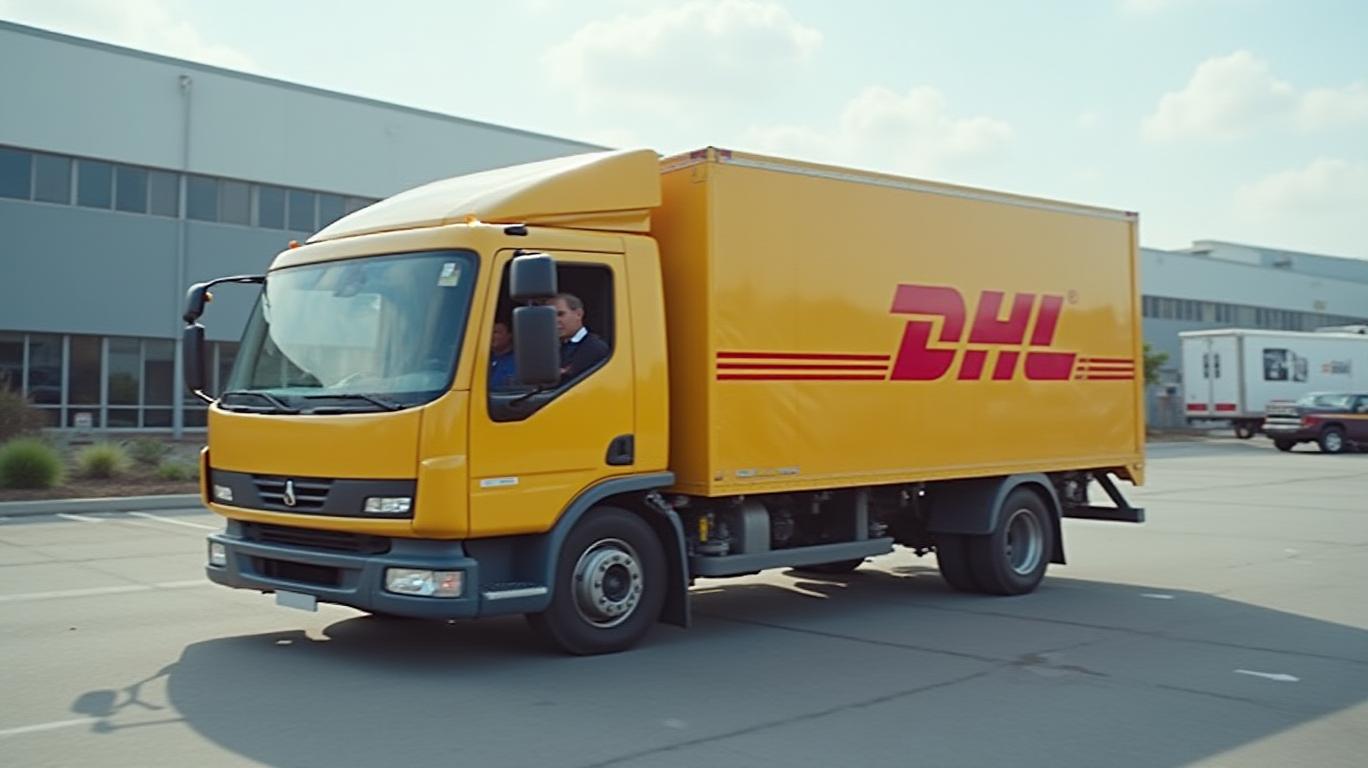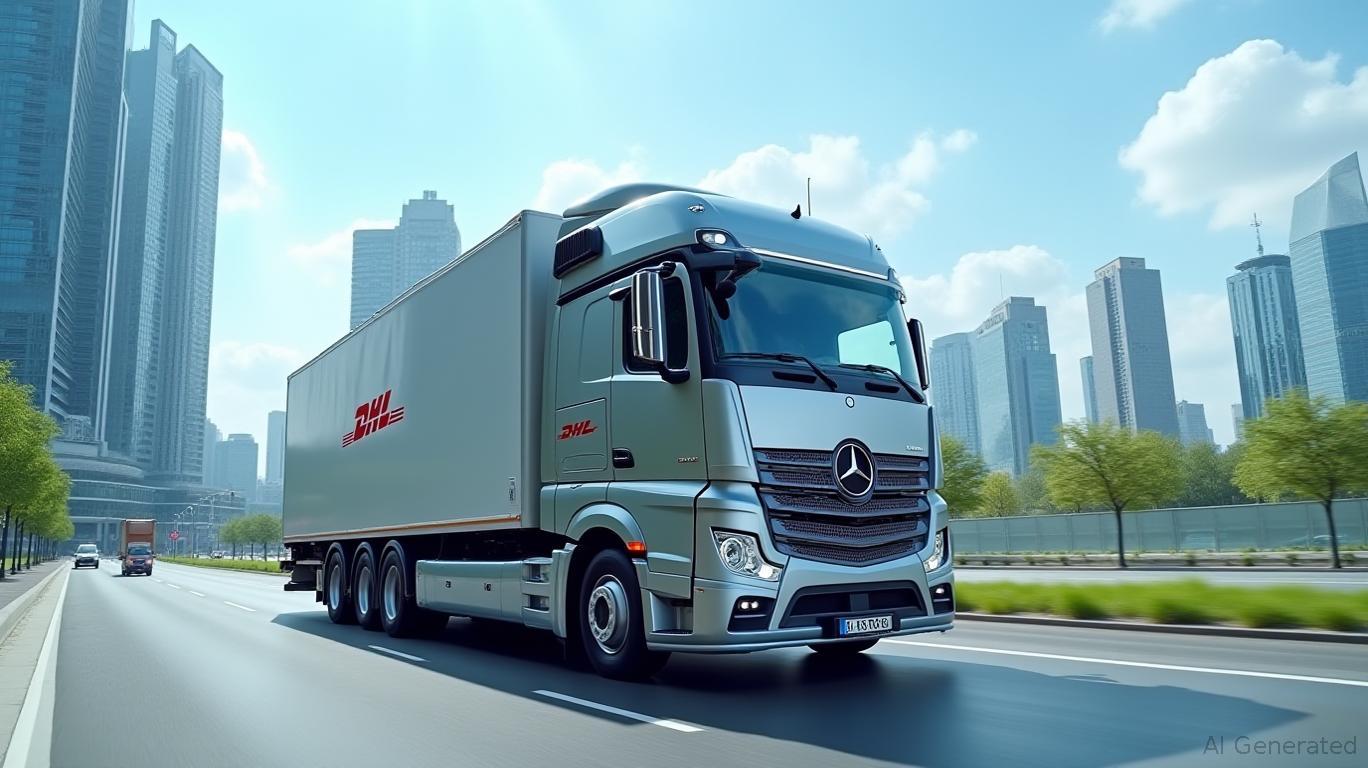DHL's Strategic Shift: Navigating U.S. Regulatory Headwinds to Resume High-Value Shipments
In April 2025, DHL temporarily suspended business-to-consumer (B2C) shipments to the U.S. exceeding $800 due to overwhelming regulatory changes. Less than a month later, the company announced the resumption of these services, signaling a strategic pivot to adapt to evolving trade policies. This decision underscores both the challenges and opportunities for logistics giants in a world of shifting geopolitical and regulatory landscapes.

The Regulatory Crossroads
The suspension stemmed from U.S. Customs and Border Protection’s (CBP) April 2025 decision to lower the formal entry threshold for shipments from $2,500 to $800. This move required all packages over $800—regardless of origin—to undergo time-intensive formal customs clearance, which demands detailed documentation (e.g., tax IDs, country-of-origin proof) and customs bonds. For DHL, the surge in formal clearances caused multi-day delays and strained operational capacity.
The timing coincided with another critical policy: the May 2, 2025, closure of the “de minimis” exemption for China-origin shipments, which had previously allowed low-value goods to enter the U.S. duty-free. This dual regulatory squeeze created bottlenecks, as DHL and competitors like FedEx and UPS grappled with surging formal clearance demands and tariffs.
Operational Challenges and Strategic Adjustments
The suspension applied only to B2C shipments to private U.S. individuals, sparing business-to-business (B2B) traffic but still causing delays. DHL’s swift resumption in May 2025 suggests it scaled operations to meet the new demands, possibly by:
- Investing in automation for customs documentation.
- Expanding partnerships with bonded warehouses.
- Prioritizing high-margin B2C routes post-suspension.
However, the broader industry context remains fraught. Hongkong Post’s parallel suspension of U.S. shipments—citing refusal to collect tariffs—highlighted the sector’s vulnerability to U.S. policy shifts.
Market Implications and Competitive Dynamics
DHL’s stock had risen 16% year-to-date before the suspension but faced downward pressure as the halt took effect. The resumption, however, likely stabilized investor sentiment. Competitors like FedEx and UPS, which have also faced surcharges and delays, may now face renewed competition as DHL regains market share in high-value B2C logistics.
The elimination of the de minimis loophole for China adds another layer: U.S. retailers now face duties even on low-value goods from China, incentivizing them to seek reliable partners like DHL for compliant, expedited clearance. This could boost DHL’s revenue if it can maintain efficiency.
Investment Outlook
The resumption signals DHL’s resilience but also highlights systemic risks:
- Regulatory Uncertainty: U.S. policies targeting China (e.g., IEEPA tariffs) could further disrupt logistics.
- Operational Costs: Scaling formal clearance processes may pressure margins unless tariffs are passed to customers.
- Geopolitical Tensions: Trade disputes could lead to new restrictions, as seen with Hong Kong’s suspension.
Despite these risks, DHL’s ability to quickly resume services suggests robust operational agility. Analysts note that its global network and scale give it an edge over smaller competitors. However, investors should monitor key metrics:
- Volume Recovery: Whether B2C shipments rebound to pre-April levels.
- Margin Stability: Earnings calls will reveal cost absorption strategies.
- Competitor Moves: How FedEx and UPS respond to DHL’s comeback.
Conclusion
DHL’s resumption of high-value U.S. shipments marks a critical step in adapting to 2025’s regulatory upheaval. The company’s swift response highlights its operational flexibility, but lingering risks—geopolitical tensions, tariff hikes, and capacity constraints—demand vigilance. Investors should weigh DHL’s strategic adjustments against these headwinds.
With U.S.-China trade tensions likely to persist, DHL’s success hinges on two factors: its ability to automate customs processes and its pricing power to offset rising compliance costs. For now, the resumption offers a cautiously optimistic outlook for this logistics giant, but the path ahead remains fraught with policy-driven volatility.
last-price | last-change% | Interval Trading Volume(Share)2023.12.29-2024.12.31 | Total Revenue interval growth rate%2023.03.31-2024.09.30 |
|---|---|---|---|
| 79.20 | -0.39% | 88.42M | 5.28 |
| 1.49 | -5.10% | 50.76M | -8.64 |
Ticker |
|---|
| CBTCabot |
| DHXDHI Group |
As the data evolves, one thing is clear: DHL’s future depends on turning regulatory challenges into competitive advantages.

_442a2dcc1749832873286.jpeg)
_e68fac6d1749831664430.jpeg)







